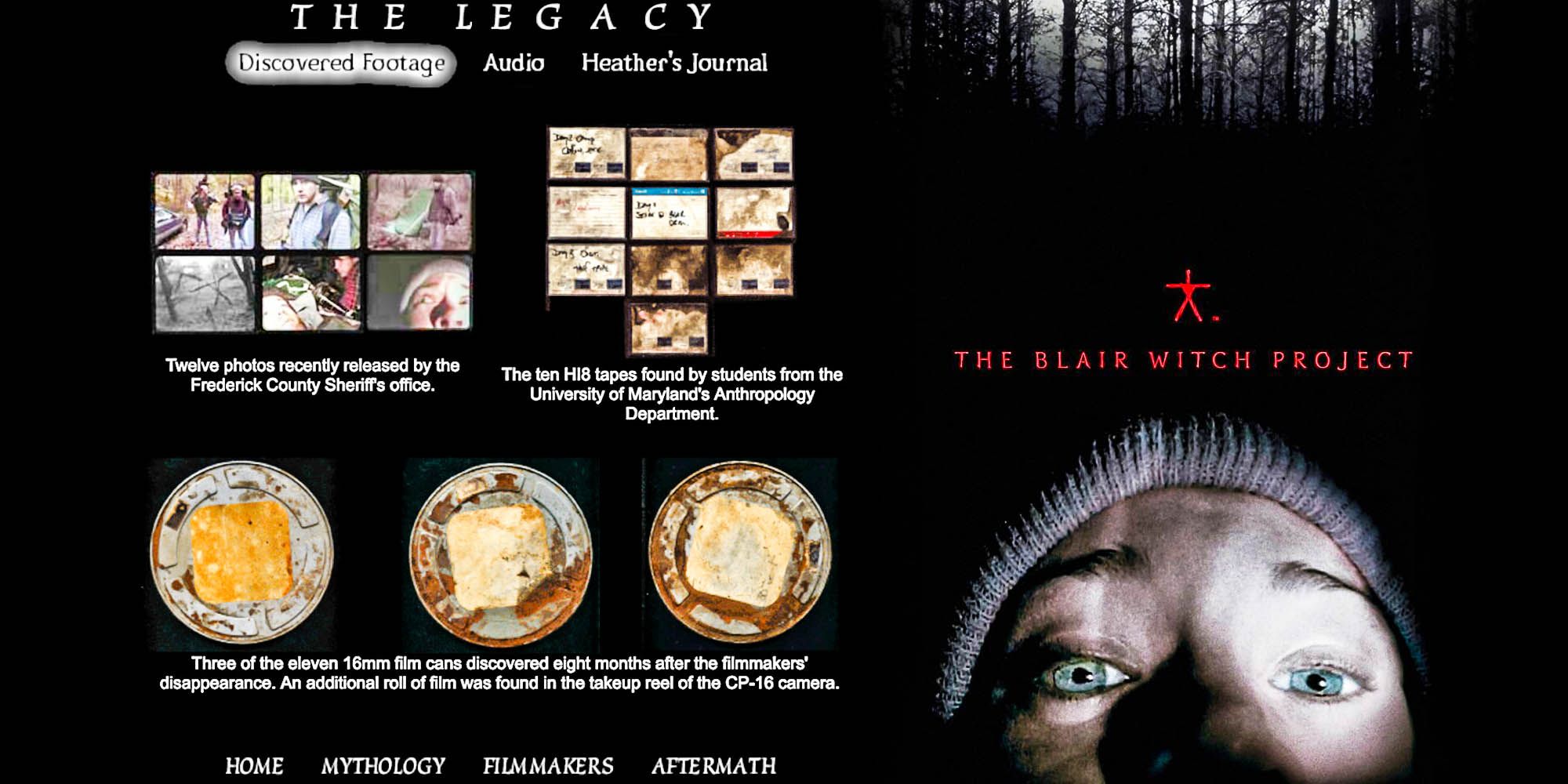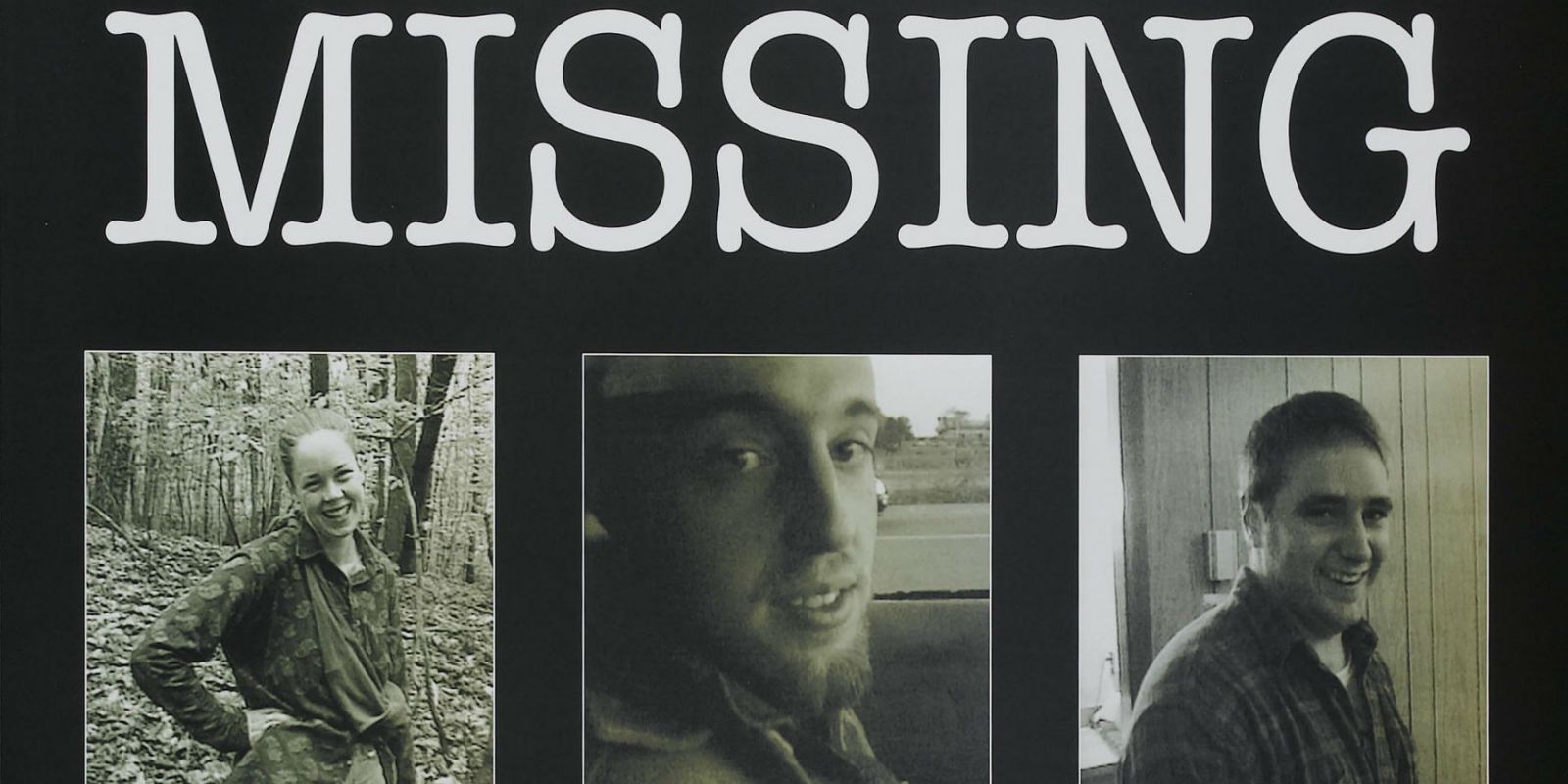The Blair Witch Project wasn’t the first found-footage horror movie, but its exceptional advertising campaign changed film marketing forever. What began as an improvisational, low-budget experiment became one of the most influential horror movies ever produced. This was largely thanks to the ambiguity surrounding the film’s alleged true story.
The film was written, directed, and edited by Daniel Myrick and Eduardo Sánchez, who created their very own legend with the film that dates back to 1785 when a young girl was sentenced to death for practicing witchcraft. The Blair Witch Project is set in 1994 and follows three film students who set out to make a documentary on the myth and the ominous disappearances in the woods of Burkittsville, Maryland. It was advertised as a genuine documentary, claiming the students really vanished, leaving behind only their camera.
Artisan Entertainment bought The Blair Witch Project, which has spawned two sequels and adopted a highly unconventional marketing technique by capitalizing on its “true story” appeal. Eschewing the traditional reliance on posters and informative trailers, the filmmakers prompted audiences to research the fictitious legend and supposedly missing students online. This form of viral marketing had never been done before but has since become a tool for immersing audiences in movies’ campaigns, ranging from horror films to superhero blockbusters.
The directors had missing person leaflets distributed which, in addition to a brief trailer, led people to a website devoted to The Blair Witch Project. People would then discover a compelling backstory on the legend, police report photos and fabricated news stories, all designed to generate word-of-mouth. As details were regularly updated, public speculation escalated via online chatrooms, through which the filmmakers sneakily directed users to their site. The Sci-Fi Channel even aired mockumentary, Curse Of The Blair Witch, designed to boost the legend’s validity. Instead of just marketing a film, the production company crafted an entire experience that gripped the public throughout 1999. The film’s grainy, homemade aesthetic emphasized its realism, and the actors were even listed as “missing, presumed dead” on IMDb.
The filmmakers couldn’t sustain the ruse long past the release – The Blair Witch Project was a cultural phenomenon and one which Hollywood has often tried to replicate. It would be practically impossible to create a compelling “true story” gimmick anymore, considering the internet was still fairly new in 1999, but viral marketing remains effective for getting audiences pre-emptively invested. Gore Verbinski's The Ring remake played the cursed tape on television completely free of context, tapping into people’s fear of the unknown and peaking curiosity. Interactive marketing now receives significant emphasis, utilizing incredibly creative techniques. Jurassic World designed a website for its fictional theme park while Batman v Superman: Dawn of Justice advertised Gotham and Metropolis using twin Turkish Airlines ads. Movie and TV marketing has since evolved into in-person events, like Westworld's virtual reality exhibits, expanding their narratives by providing information that can’t always be included onscreen.
Audiences love to escape into fictional worlds, and marketing has now become an effective tool to accomplish this alongside the films. Of course, these intriguing marketing ploys can be deceptive, with some proving a glossy distraction from weak storytelling. In other cases, they don’t achieve the desired effect. The Village failed to copy The Blair Witch Project with its own mockumentary hoax surrounding director M. Night Shyamalan, while Bird Box revealed the dangers of viral marketing with its reckless blindfold challenge. Arguably, since The Blair Witch Project, no campaign has topped the spectacle of its chilling small-town myth.


